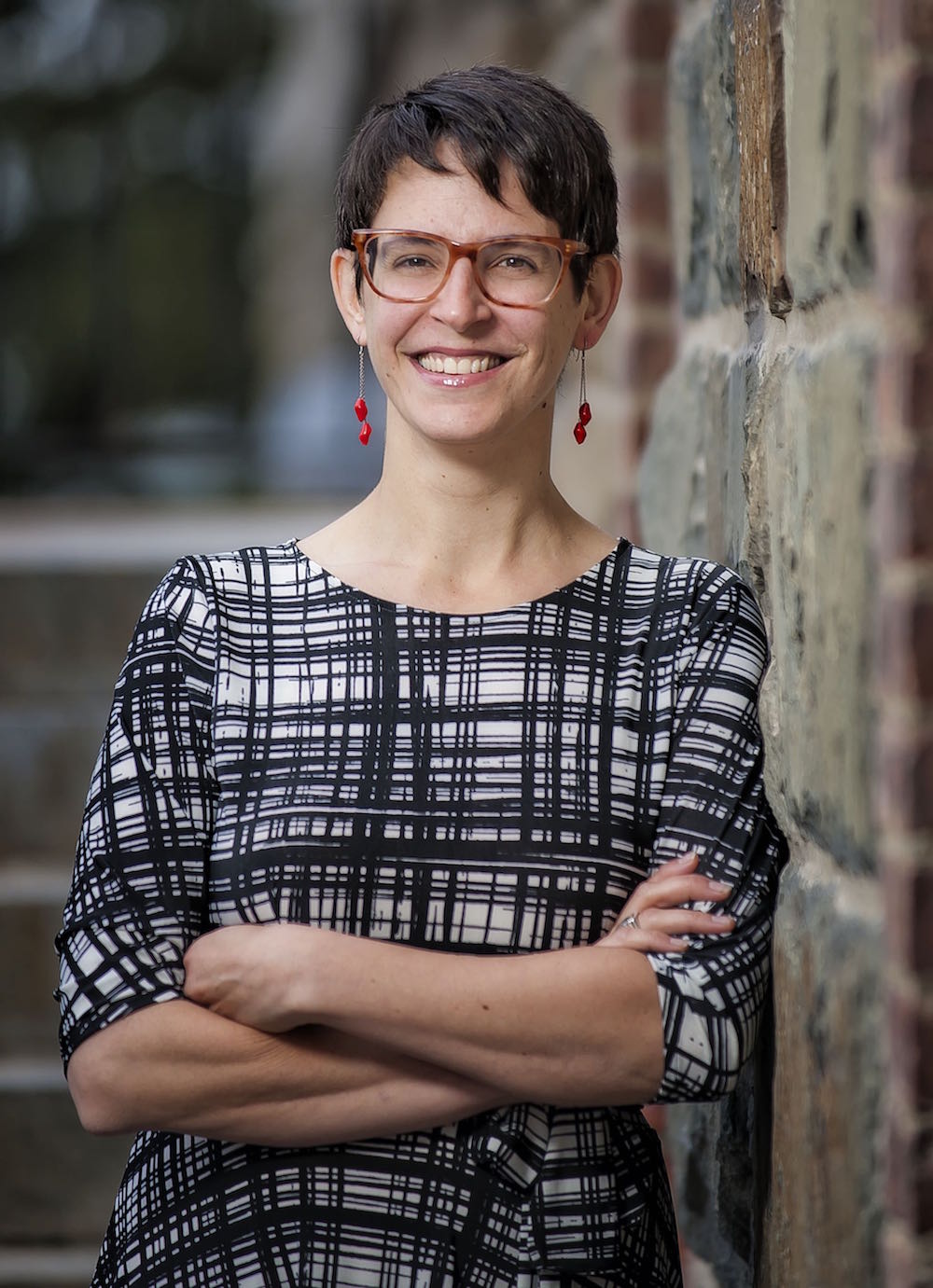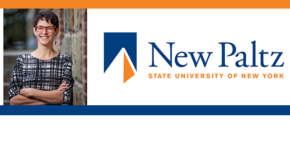 Classrooms are becoming digitally smarter by the year.
Classrooms are becoming digitally smarter by the year.
Kiersten Greene, assistant professor of literacy education in the department of teaching & learning at SUNY New Paltz, determines teachers aren’t getting taught how to use these new devices first.
Kiersten Greene is an Assistant Professor of Literacy Education in the Department of Teaching & Learning at the State University of New York at New Paltz. She received her PhD in Urban Education at the Graduate Center of the City University of New York and her MSEd in Early Childhood and Elementary Education at Bank Street College of Education. She currently teaches courses on teaching reading, writing, and multimodal text production, and prior to joining the faculty at New Paltz, she taught elementary school in New York City.
Interested in bridging the gap between policy and practice in K-12 schooling, Kiersten’s scholarship is rooted in making sense of the 21st century classroom experience. Her recent research argues that educators have important critiques to offer policymakers from the view of the classroom.
In 2015, Kiersten was named an Apple Distinguished Educator, and in 2017 was awarded an International Society for Technology in Education Making IT Happen Award, and was inducted into the New York State Association for Computers and Technology in Education Volunteer Hall of Fame. Her most recent article, “‘Smarting’ the schools smartly: Systemic change or projectitis?” can be found in the March 2018 issue of English Journal. Find out more at kierstengreene.net.
Tech in the Classroom
In school districts across the country, personalized learning, coding, and smart schooling are at the forefront of everyone’s minds. Wherever you look, efforts to “transform education” with technology dot the landscape. In keeping with this trend, the 2014 Smart Schools Bond Act allocated $2 billion to “improve opportunity” for New York State’s students by providing critical funding to bolster connectivity and expand access to technology in every K-12 school district. Paradoxically, Bond Act funds cannot be used for professional development for teachers—in other words, funding does not support teaching teachers how to use new technology purchased for the classroom. My research investigates this tension.
In my analysis, I find evidence of inconsistent plans for training teachers to use new technology. Based on this inconsistency, rather than improve opportunity for students across the state, the Smart Schools Bond Act will concretize already existing inequality. Inequitable professional development practices help ensure that school districts serving historically marginalized populations—especially those that primarily serve students of color and working-class and poor students—will have less access to improved opportunity through the Bond Act than their more affluent counterparts.
For example, in affluent districts, plans to support professional development for teachers include hiring outside consultants; developing robust training plans with a high capacity for teacher buy-in; and tailoring support to teachers’ learning needs. In poor and working class districts, plans to support professional develop tend to include episodic, disconnected workshops; mass, all-day trainings; and few opportunities for teacher input—all of which are ineffective approaches, according to research on professional development for technology. My work serves to raise awareness about and offer recommendations for this paradoxical aspect of the Smart Schools Bond Act, as access to technology alone cannot improve opportunity for students throughout New York State.
